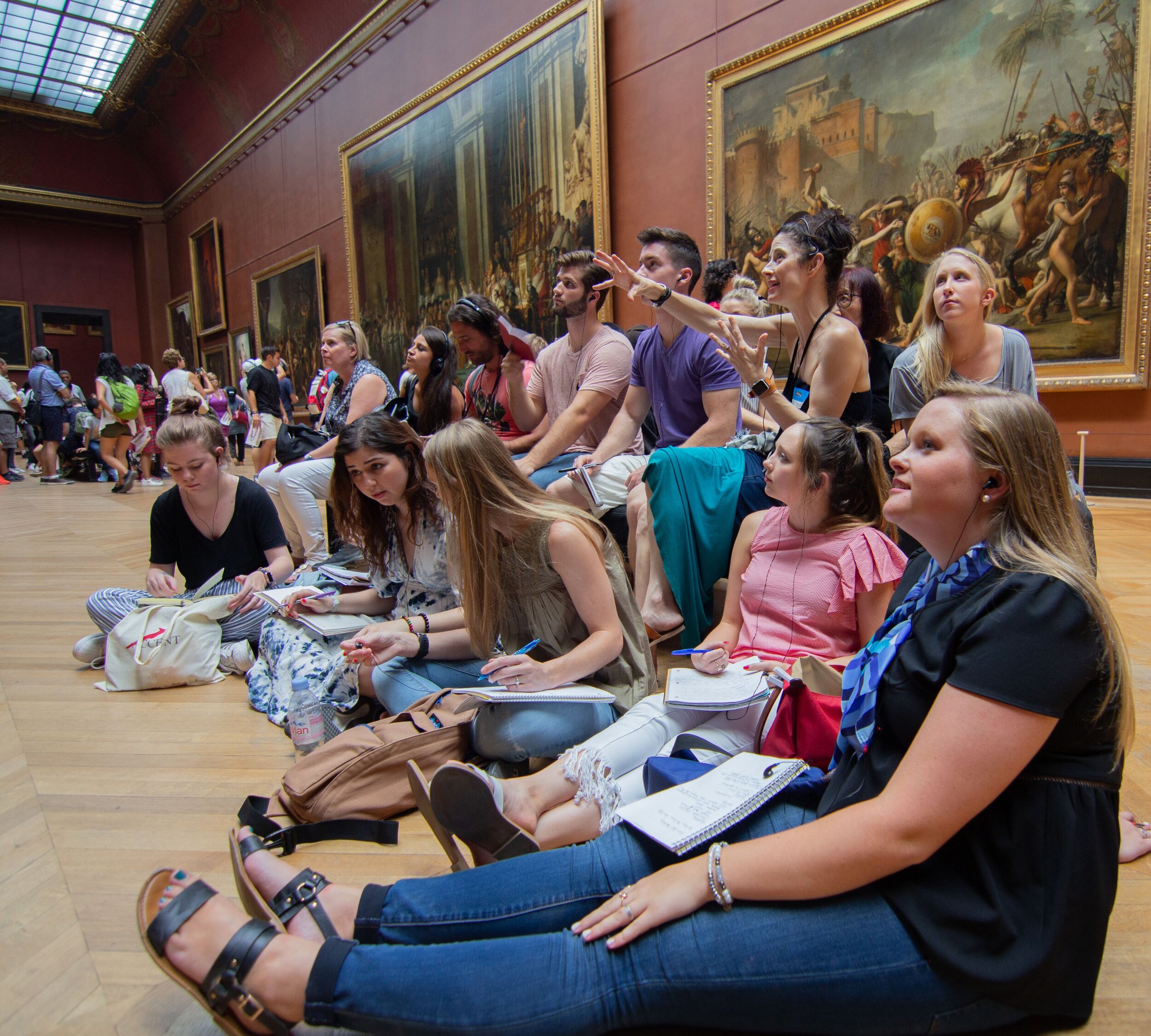
ART History, Paris
Summer 2026
(Worth the wait, y’all. Je vous promets. Contact me now for updates and stickers.)
Art HIstory for all Y’all
I took an introductory survey of Western art history when I was a senior in college. It was the first real art history class I’d ever taken, and I fell in love with the discipline. Rather than pursuing an advanced degree in art history, however, I went to law school. (I’m pretty sure I was the only member of my cohort to write about Manet’s 1863 painting Olympia during a third-year final.) Even after passing the New York Bar, clerking for the Court of Appeals for the Federal Circuit, and working for law firms in San Francisco and New York, I couldn’t shake the feeling that I should have studied more art history. So I said goodbye to my firm salary and went back to grad school for a Ph.D. in American art. (Thankfully, law school teaches you to craft arguments more compelling than, “Hello. I’ve taken exactly one art history class, and it was the introductory survey, but I’m sure I can get up to Ph.D. speed in a matter of weeks if you just let me in. May I suggest you listen to ABBA’s 1977 classic ‘Take a Chance on Me’ as you read this application?”)
I teach this class because I want to give students the same experience of art history I first had. In keeping with my own path, beginners are welcome and and students from all fields will have a place in the conversation. Be prepared to discuss Dürer’s early engagement with copyright law, the connections between Impressionism and the development of aniline fabric dyes, and Thomas Jefferson’s obsession with measuring his bison, as well as more traditional art historical topics. I can’t guarantee that three weeks in the museums of Paris with me will compel you to U-turn your professional life, but my goal is to introduce you to artists, works, and ways of thinking that will stay with you long after you return to the United States. I still get shivers when I think of my first art history professor projecting a slide of Jean-Antoine Watteau’s Giles (1719) and declaring, “Here he stands in his towering isolation.” It’s been one of the pleasures of my life to repeat that statement to my own students as I stand in front of Giles in the Louvre.
